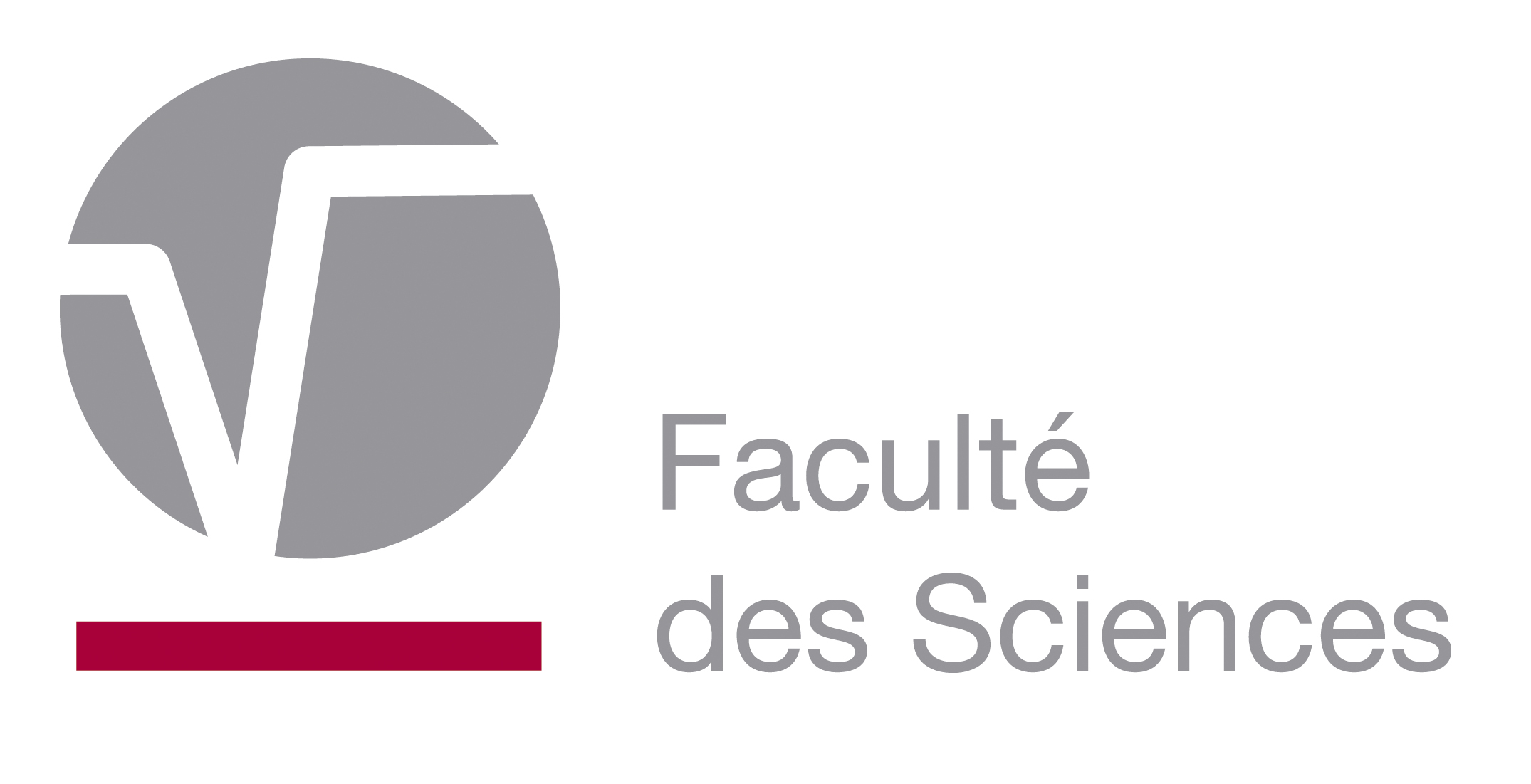 | Study programme 2024-2025 | Français | |
 | Computer Vision | ||
Programme component of Master's in Computer Science (MONS) (day schedule) à la Faculty of Science |
| Code | Type | Head of UE | Department’s contact details | Teacher(s) |
|---|---|---|---|---|
| US-M1-INFO60-045-M | Optional UE | GOSSELIN Bernard | F105 - Information, Signal et Intelligence artificielle |
|
| Language of instruction | Language of assessment | HT(*) | HTPE(*) | HTPS(*) | HR(*) | HD(*) | Credits | Weighting | Term |
|---|---|---|---|---|---|---|---|---|---|
| Anglais, Français | 16 | 20 | 0 | 0 | 0 | 3 | 3.00 | 2nd term |
| AA Code | Teaching Activity (AA) | HT(*) | HTPE(*) | HTPS(*) | HR(*) | HD(*) | Term | Weighting |
|---|---|---|---|---|---|---|---|---|
| I-ISIA-005 | Computer Vision | 16 | 20 | 0 | 0 | 0 | Q2 | 100.00% |
| Programme component |
|---|
Objectives of Programme's Learning Outcomes
- Have acquired highly specialised and integrated knowledge and broad skills in the various disciplines of computer science, which come after those within the Bachelor's in computer science.
- Carry out development or innovation projects in IT.
- Apply, mobilise, articulate and promote the knowledge and skills acquired in order to contribute to the achievement of a development or innovation project.
- Master the complexity of such work and take into account the objectives and constraints which characterise it.
- Master communication techniques.
- Communicate, both orally and in writing, their findings, original proposals, knowledge and underlying principles, in a clear, structured and justified manner.
- Where possible, communicate in a foreign language.
- Develop and integrate a high degree of autonomy.
- Aquire new knowledge independently.
- Pursue further training and develop new skills independently.
- Develop and integrate a high degree of autonomy to evolve in new contexts.
- Apply scientific methodology.
- Critically reflect on the impact of IT in general, and on the contribution to projects.
Learning Outcomes of UE
develop image processing techniques, together with a critical analysis of the problem;
apply image coding, analysis, segmentation and feature extraction techniques
apply classification and machine learning techniques (deep learning)
UE Content: description and pedagogical relevance
Image Processing, Image acquisition; lowlevel processing, filtering, transforms; image segmentation and registration;
Image Coding, Deep Learning
Prior Experience
fundamentals of signal processing; probability and statistics
Type of Teaching Activity/Activities
| AA | Type of Teaching Activity/Activities |
|---|---|
| I-ISIA-005 |
|
Mode of delivery
| AA | Mode of delivery |
|---|---|
| I-ISIA-005 |
|
Required Learning Resources/Tools
| AA | Required Learning Resources/Tools |
|---|---|
| I-ISIA-005 | Not applicable |
Recommended Learning Resources/Tools
| AA | Recommended Learning Resources/Tools |
|---|---|
| I-ISIA-005 | Not applicable |
Other Recommended Reading
| AA | Other Recommended Reading |
|---|---|
| I-ISIA-005 | Not applicable |
Grade Deferrals of AAs from one year to the next
| AA | Grade Deferrals of AAs from one year to the next |
|---|---|
| I-ISIA-005 | Unauthorized |
Term 2 Assessment - type
| AA | Type(s) and mode(s) of Q2 assessment |
|---|---|
| I-ISIA-005 |
|
Term 2 Assessment - comments
| AA | Term 2 Assessment - comments |
|---|---|
| I-ISIA-005 | Oral exam with written preparation time, without course material |
Term 3 Assessment - type
| AA | Type(s) and mode(s) of Q3 assessment |
|---|---|
| I-ISIA-005 |
|
Term 3 Assessment - comments
| AA | Term 3 Assessment - comments |
|---|---|
| I-ISIA-005 | Oral exam with written preparation time, without course material |